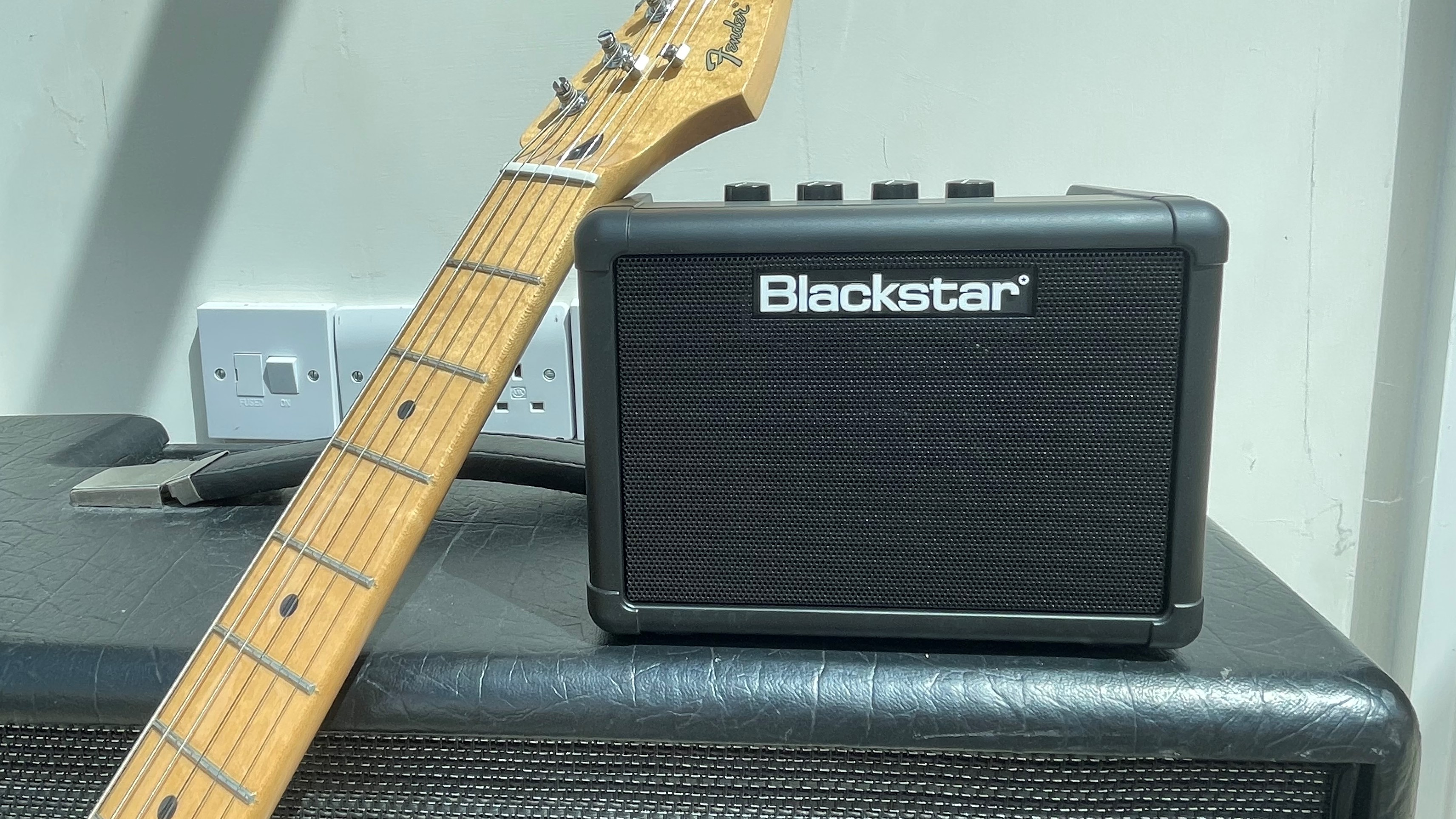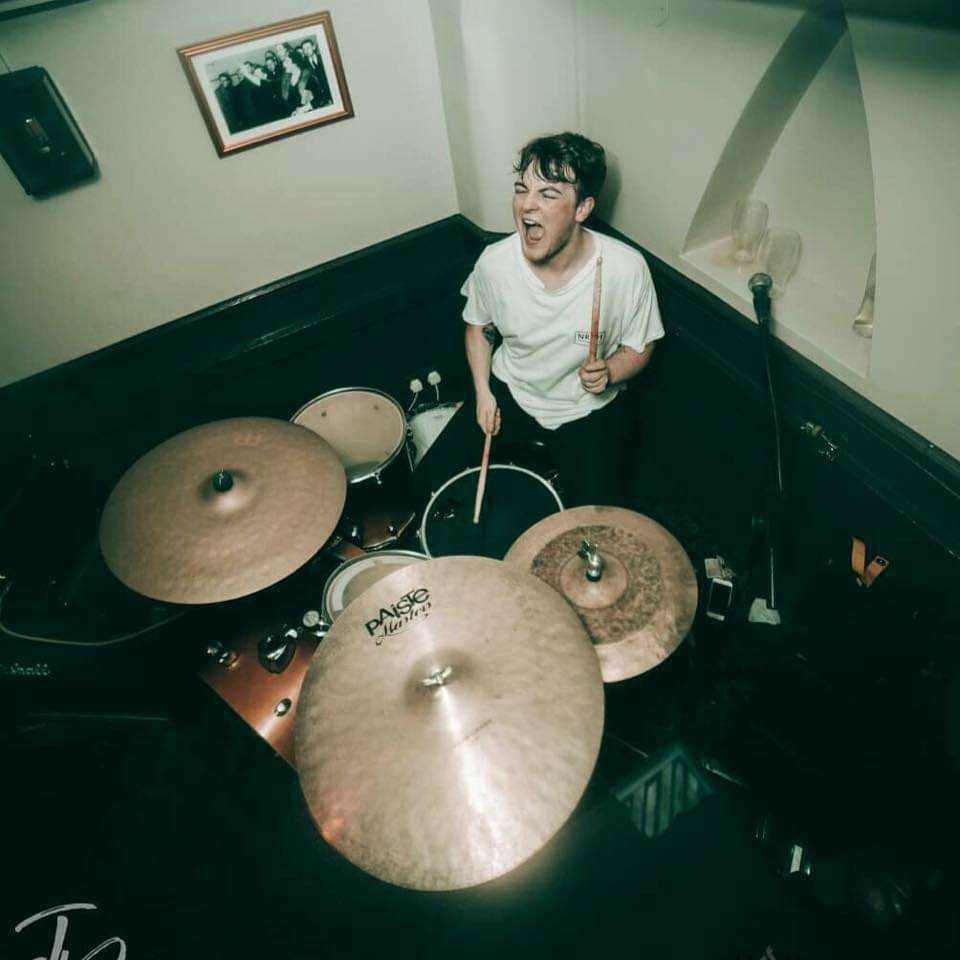MusicRadar Verdict
If you’re in the market for a tiny amp to sit on your desktop or bookshelf, or need a portable guitar practice solution, then the Fly 3 from Blackstar should be right up the top of your list. It has an impressive kick - and with built in delay and the potential to add an extension cab, it’ll keep on surprising you for some time yet.
Pros
- +
So portable
- +
Drive channel sounds surprisingly good
- +
Built in delay can be stereo with the extension cab
Cons
- -
We want a more powerful version as well
MusicRadar's got your back
Blackstar Fly 3 review: What is it?
While Blackstar is probably most famous for its HT tube amps and Silverline modelling amps, there’s another string to the Blackstar bow that can often be overlooked - and considering just how tiny this guitar amp is, we can see why you might not spot it the first time round. What it lacks in size, however, it makes up for in sound.
Simply put, the Blackstar Fly 3 is a mini-sized practice amp. It’s got three watts of power, clean and overdrive channels, digital delay and Blackstar’s very own Infinite Shape Feature (I.S.F) - which brings with it both British and American-style amp tones.
While the majority of amp manufacturers are figuring out ways to make their larger, more powerful products a little more practice-friendly with the introduction of attenuators and the like, Blackstar has seemingly focused a larger proportion of its attention on making some seriously killer low-output amps which sound fantastic, are well priced and dedicated to practice.
The Fly 3 isn’t exactly a new product - having been with us since 2014 - but it still holds its own against many competitors as, realistically, one of the only battery-powered amps to not sound like a toy from a Christmas cracker.
For the purpose of this review, we were sent the unit by Blackstar themselves. Our Fly 3 was tested out with an SS-configured Fender Player Series Lead II.
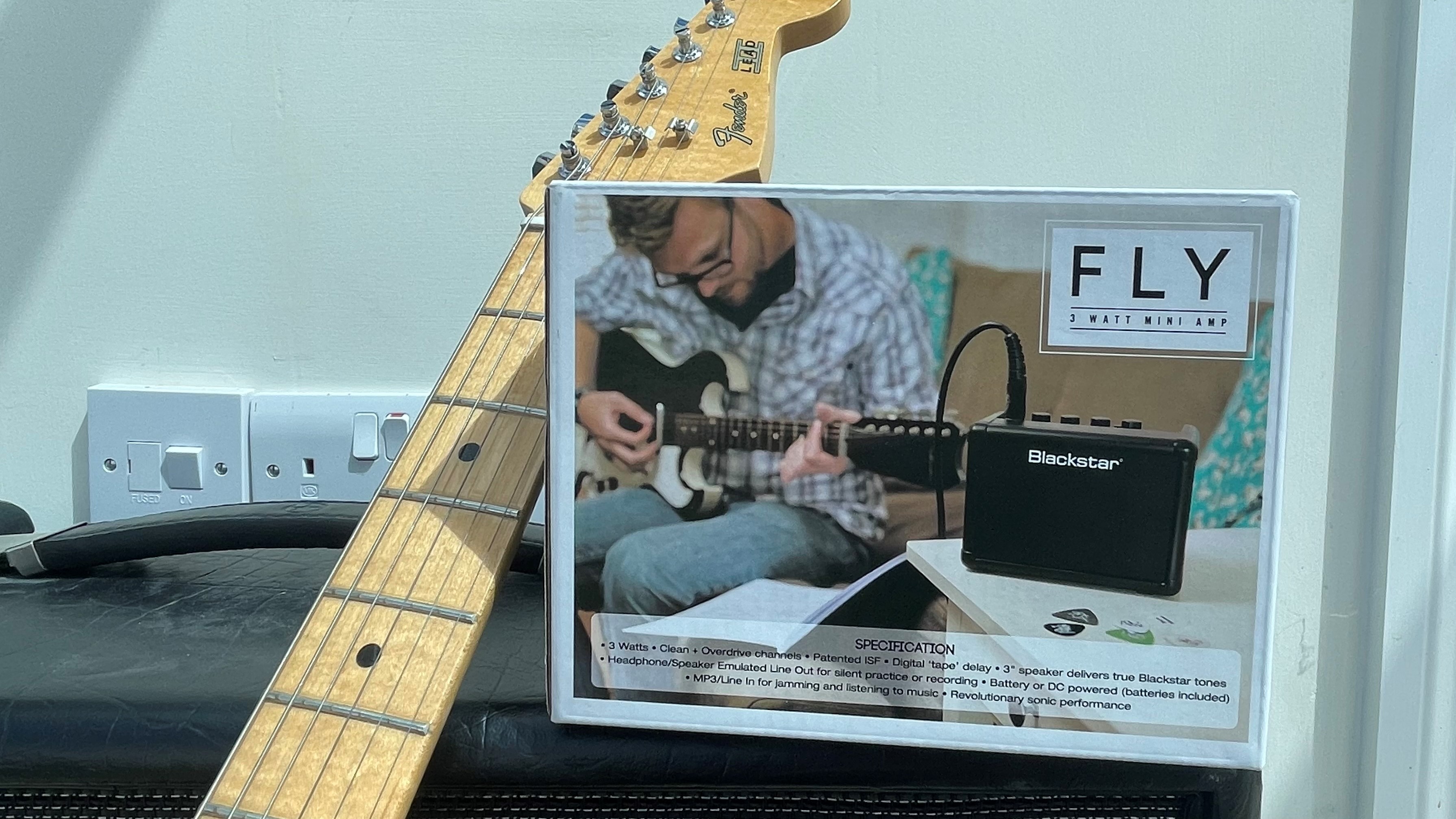
- Our pick of the best mini amps for guitar
Blackstar Fly 3 review: Performance and verdict
From just looking at the thing, the Fly 3 doesn't appear to be a shining beacon of durability. It's very lightweight, and made entirely of (albeit very strong) plastic - and this didn't exactly fill us with that much confidence. We're often used to amps being made of wood, and feeling super solid and a bit heavy - but when we considered that the Fly 3 is both a battery powered portable amp, and costs under £60/$70, our opinions and expectations were quickly brought into line.
Blackstar is a company which has gone a very, very long time without making a dud product, and once out of the box and internal packaging, it's apparent to us that the Fly 3 is continuing Blackstar's winning run.
When comparing the Fly to all of the other small battery powered amps that are on the market, it's easy to see that they're all roughly following the same formula - but the Fly 3 expands upon this a little further, and it's these small expansions that we love the most.
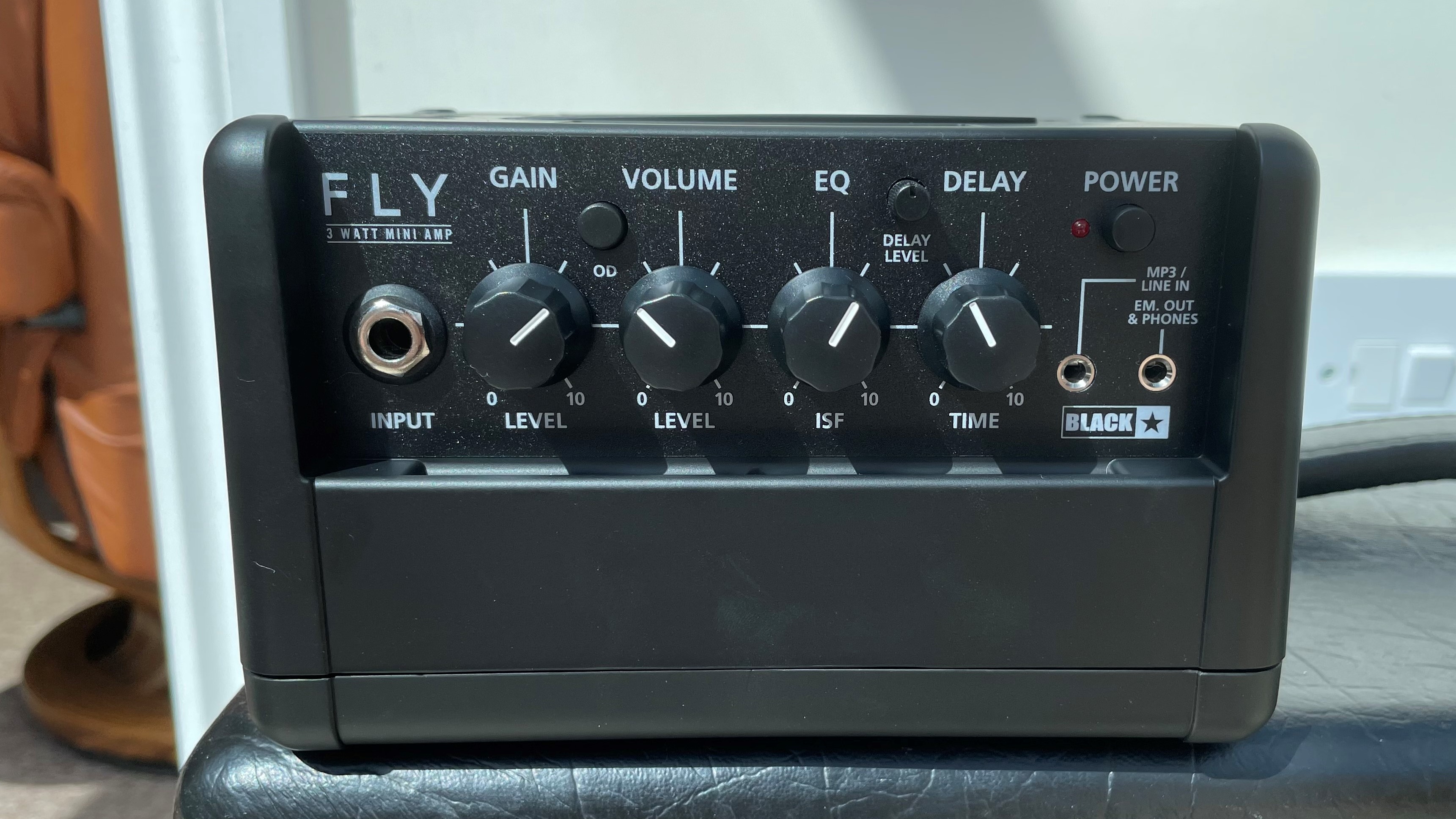
Take the control panel, for instance. Where on most alternatives you'll find multi-purpose dials which turn your amp on and off while also providing your channel selection, the Fly 3 has five very distinct, single-purpose dials which are clearly labelled, responsive and offer a satisfying amount of resistance.
Those controls are Gain, Volume, EQ, Delay and Delay level. Starting with the Gain control, our first impression is that it's highly responsive in both clean and overdriven settings. With it being an input gain control, you can greatly impact the tone of the amp depending on where you set this dial - but we found, at least with a clean tone, that it was best set at around 11 o'clock. This provided a really enjoyable blend of clarity and warmth which suited the single-coils of our Fender Lead II to a tee.
While the lack of tubes in the Fly 3 won't let you play the gain and volume controls off against each other, there is a notable bump in the high-end frequencies when both the gain and volume are all the way up. It proved to be a little too shrill for our liking, but if you're someone who wants to brighten up something like a Les Paul neck pickup or a floating electric guitar pickup on a jazz guitar, then this brightness isn't necessarily a bad thing.
The EQ dial controls Blackstar's patented I.S.F feature, which is claimed to take your tone from US to UK as you turn the dial, through what sounds a lot like a mid-sweep - with the 'US' having more low-mids, and the 'UK' amp delivering more high-mid frequencies. On larger Blackstar amps - mostly their all-tube offerings - this is a highly functional and useful feature, but the Fly 3's diminutive speaker size means that the effect of I.S.F is mostly lost here.
The Delay and Delay level dials work together on the Fly 3. The delay dial is a time control, going from short, slapback-esque effects to long, more ambient delays. While there's not quite enough in the delay time tank to match one of the best delay pedals or to be channeling your inner Gilmour, there's still enough to have a load of fun - and quite often, this is all we want our practice sessions to be. The delay level dial is the volume of the delay effect, and when set fairly low, can produce a fairly convincing reverb tone too.
The delay on the Fly 3, while simple, is one of the most joyous effects we've seen added to a practice amp in recent years, and when used in conjunction with the amp's overdrive - which you can engage with the OD select switch - some of the tones created scream Vai, Satch and EVH.
The Fly 3 offers a simple, straightforward practice setup which is void of screens, effects menus, presets and confusing layouts, and instead just brings back the basics in a great-sounding - and looking - small unit.
The extension cab turns your Fly 3 into a fully-stereo. 6-watt practice setup, with two 3" speakers and stereo delay - and we're still waiting to find another portable practice amp that offers the same features
The ace up the sleeve however, is the additional extension cab. It'll set you back another $/£30 or so, but when something so simple delivers something so epic, we'd say it's worth it. The extension cab turns your Fly 3 into a fully-stereo. 6-watt practice setup, with two 3" speakers and stereo delay - and we're still waiting to find another portable practice amp that offers the same features.
The Fly 3 is also equipped with a 3.5mm AUX input to plug in your phone or any other music device, which makes this product perfect for blaring out tunes in the sun without the tether of needing to plug in. Next to this is another 3.5mm output for headphones so you can practice in silence, and as it's also an emulated output, it can be plugged straight into your interface for recording purposes.
All in all, we really love the Blackstar Fly 3. We can't quite give it 5 stars as it's not a perfect amp, but while its negative features are frustrating, its positive ones bring us sincere amounts of happiness. At no point did we expect to love a small practice amp powered by 6 AA batteries, but we've been pleasantly surprised here. The Fly 3 has been with us for a long time now though - eight years in fact - so while it still thoroughly holds its own, we're hoping to see an updated version soon.
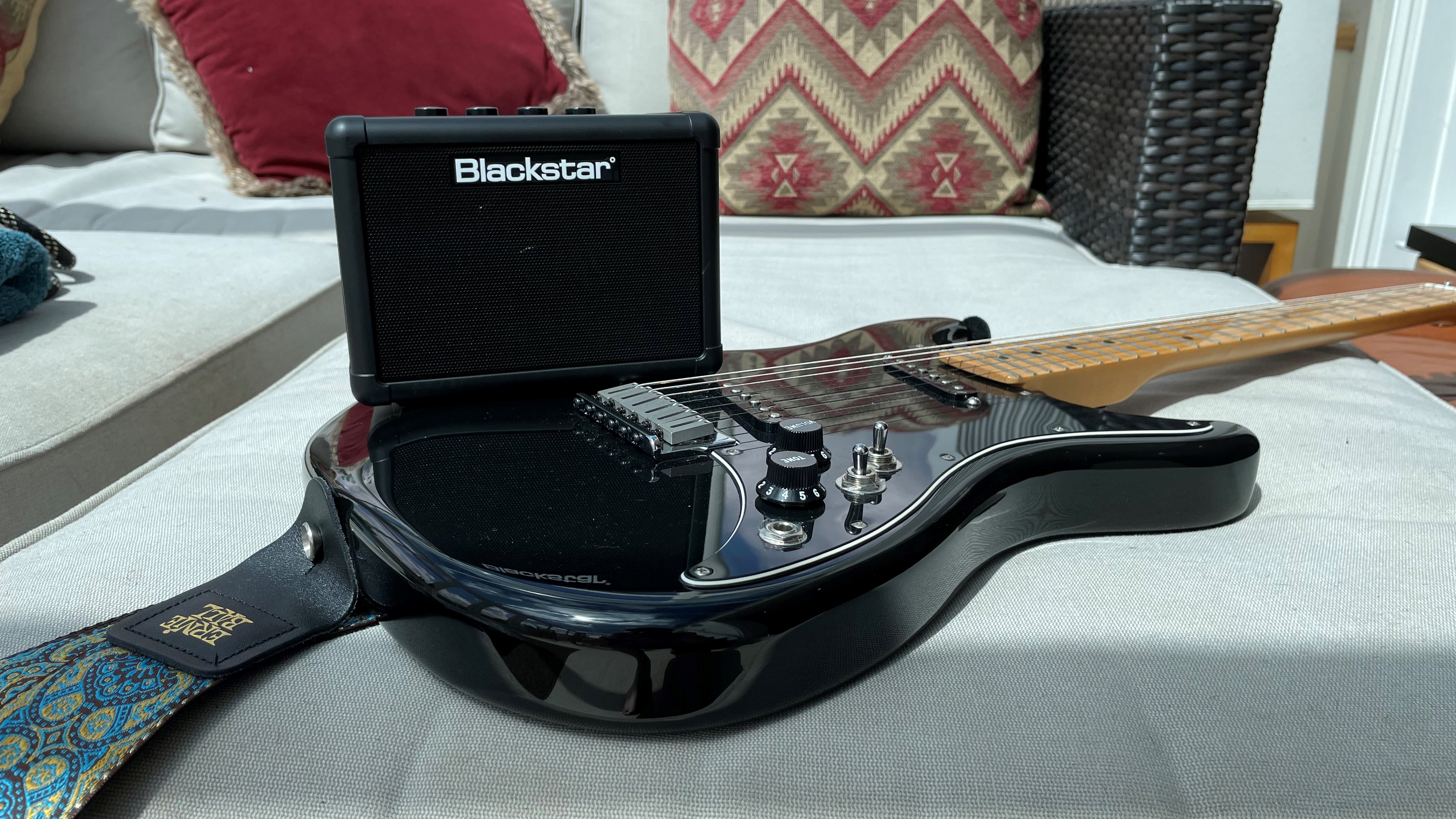
MusicRadar verdict: If you're in the market for a small, portable practice amp, then look no further than the Blackstar Fly 3. For the money, this amp can do some truly exceptional things - and with the potential for expansion with an extension cab, we'll be bracing ourselves for some killer practice tones. The AUX in and emulated output both add extra value to this unit too - meaning that it can perform just as well as a speaker or as a piece of recording hardware.
Blackstar Fly 3 review: Hands-on demos
Marty Music
PMTVUK
Blackstar Amplification
Blackstar Fly 3 review: Specifications
- Origin: China
- Power: 3W
- Type: Solid State
- Speaker: 3" Full Range
- Inputs: Line-in, DC-in, 1/4" jack in
- Outputs: Headphone/emulated out, Fly 103 Ext speaker out
- Weight: 0.9kg
- Contact: Blackstar
James is a freelance writer and former Junior Deals Writer at MusicRadar. Before writing, James worked as a guitar salesman at a local music store, so he knows a thing or two about matching people with their perfect instruments. James also has experience working in other areas of the music trade, having worked for the online music distributor, RouteNote. James is a guitarist, bassist and drummer and has also toured the UK and Europe with his old band Hypophora.
“Excels at unique modulated timbres, atonal drones and microtonal sequences that reinvent themselves each time you dare to touch the synth”: Soma Laboratories Lyra-4 review
“I used everything I knew about music”: How Green Day exceeded expectations with their most ambitious song
YouTube just added AI tools that makes musicians, library music and video editors redundant
